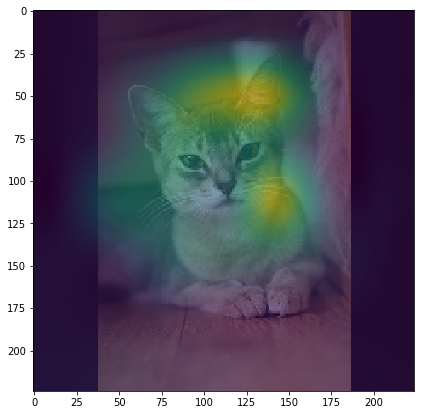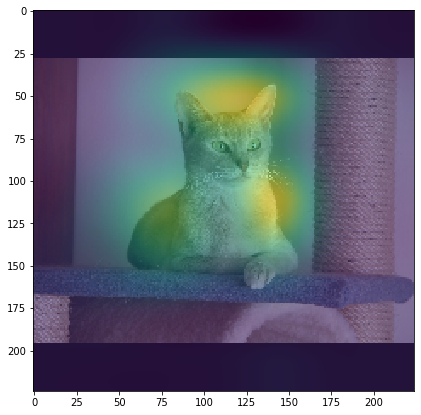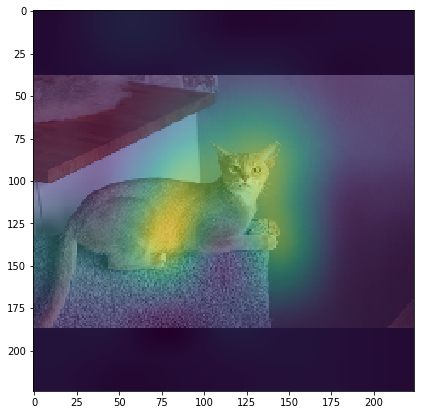This repository contains the source code for the paper Grouped Pointwise Convolutions Reduce Parameters in Convolutional Neural Networks (PDF).
In Deep Convolutional Neural Networks (DCNNs), the parameter count in pointwise convolutions quickly grows due to the multiplication of the filters and input channels from the preceding layer. To handle this growth, we propose a new technique that makes pointwise convolutions parameter-efficient via employing parallel branching, where each branch contains a group of filters and processes a fraction of the input channels. To avoid degrading the learning capability of DCNNs, we propose interleaving the filters' output from separate branches at intermediate layers of successive pointwise convolutions. To demonstrate the efficacy of the proposed technique, we apply it to various state-of-the-art DCNNs, namely EfficientNet, DenseNet-BC L100, MobileNet and MobileNet V3 Large. The performance of these DCNNs with and without the proposed method is compared on CIFAR-10, CIFAR-100, Cropped-PlantDoc and Oxford-IIIT Pet datasets. The experimental results demonstrated that DCNNs with the proposed technique, when trained from scratch, obtained similar test accuracies to the original EfficientNet and MobileNet V3 Large architectures while saving up to 90% of the parameters and 63% of the floating-point computations.
You can quickly give a go to our optimized kEffNet via Google Colab on your own browser:
If you just need an easy to use example, you can try the Colab example above. Otherwise, you can look at all raw experiment files used for the paper on the raw folder.
You can create kEffNet, kDenseNet-BC L100, kInception V3, kMobileNet and kMobileNet V3 Large following the examples below. The parameter kType defines the minimum number of channels per group. For example, for a minimum of 16 channels per group, you should use cai.layers.D6_16ch(). For 32 channels, you should use cai.layers.D6_32ch().
All examples in this project require importing the K-CAI Neural API.
The example below shows the creation of a kEffNet-B0 16ch:
model = cai.efficientnet.kEfficientNetB0(
include_top=True,
input_shape=(224, 224, 3),
classes=10,
kType=cai.layers.D6_16ch())
For loading small images such as CIFAR-10's 32x32 images, you can skip the first strides with the skip_stride_cnt parameter as shown in the following example:
model = cai.efficientnet.kEfficientNetB0(
include_top=True,
skip_stride_cnt=3,
input_shape=(32, 32, 3),
classes=10,
kType=cai.layers.D6_16ch())
Other kEffNet variants up to B7 are also available.
In DenseNets, you can define the minimum number of channels per group for transitions (kTypeTransition) and for blocks (kTypeBlock):
model = cai.densenet.ksimple_densenet([32, 32, 3],
blocks=16,
growth_rate=12, bottleneck=48, compression=0.5,
l2_decay=0,
kTypeTransition=cai.layers.D6_12ch(),
kTypeBlock=cai.layers.D6_12ch(),
num_classes=10,
dropout_rate=0.0,
activation=keras.activations.swish,
has_interleave_at_transition=True)
The example below should work for most use cases:
model = cai.inception_v3.two_path_inception_v3(
include_top=True,
weights=None,
input_shape=(224, 224, 3),
pooling=None,
classes=num_classes,
two_paths_partial_first_block=0,
two_paths_first_block=False,
two_paths_second_block=False,
deep_two_paths=False,
kType=cai.layers.D6_32ch())
Some of the parameters such as two_paths_partial_first_block, two_paths_first_block and two_paths_second_block are related to the papaer Reliable Deep Learning Plant Leaf Disease Classification Based on Light-Chroma Separated Branches.
The example below creates a basic MobileNet with optimized pointwise convolutions:
model = cai.mobilenet.kMobileNet(
include_top=True,
weights=None,
input_shape=(224, 224, 3),
pooling=None,
classes=10,
kType=cai.layers.D6_32ch())
The example below creates a MobileNet V3 with optimized pointwise convolutions:
model = cai.mobilenet_v3.kMobileNetV3Large(
input_shape=(224, 224, 3),
alpha=1.0,
minimalistic=False,
include_top=True,
input_tensor=None,
classes=10,
pooling=None,
dropout_rate=0.2,
kType=cai.layers.D6_32ch())
Class activation maps (CAMs) source code used for this paper is available. In this source code, you'll find plenty of images not shown on the paper.
The CAMs are calculated with:
localImageArray = np.array(localImageArray, dtype='float32')
heat_map = cai.models.calculate_heat_map_from_dense_and_avgpool(aInput=localImageArray[0], target_class=image_class, pModel=model, pOutputLayerName='k_top_conv_group_interleaved', pDenseLayerName='k_probs')
Resized with:
heat_map_res = cv2.resize(heat_map, dsize=(localImageArray[0].shape[0], localImageArray[0].shape[1]), interpolation=cv2.INTER_CUBIC)
And then shown with:
plt.figure(figsize = (7, 7))
plt.imshow(heat_map_res, interpolation='nearest', aspect='equal', alpha=1)
plt.imshow(localImageArray[0], interpolation='nearest', aspect='equal', alpha=0.5)
This project is an open source project. If you like what you see, please give it a star on github.
The following papers also deal about parameters and floating-point computation savings:
- An Enhanced Scheme for Reducing the Complexity of Pointwise Convolutions in CNNs for Image Classification Based on Interleaved Grouped Filters without Divisibility Constraints.
- Reliable Deep Learning Plant Leaf Disease Classification Based on Light-Chroma Separated Branches.
- Color-aware two-branch DCNN for efficient plant disease classification.
Please refer to the paper regarding the baseline model references.
@article{Schuler_2022_GPCRPNN,
title={Grouped Pointwise Convolutions Reduce Parameters in Convolutional Neural Networks}, volume={28},
url={https://mendel-journal.org/index.php/mendel/article/view/169},
DOI={10.13164/mendel.2022.1.023},
number={1},
journal={MENDEL},
author={Schwarz Schuler, Joao Paulo and Romani, Santiago and Abdel-Nasser, Mohamed and Rashwan, Hatem and Puig, Domenec},
year={2022}, month={Jun.}, pages={23-31} }



